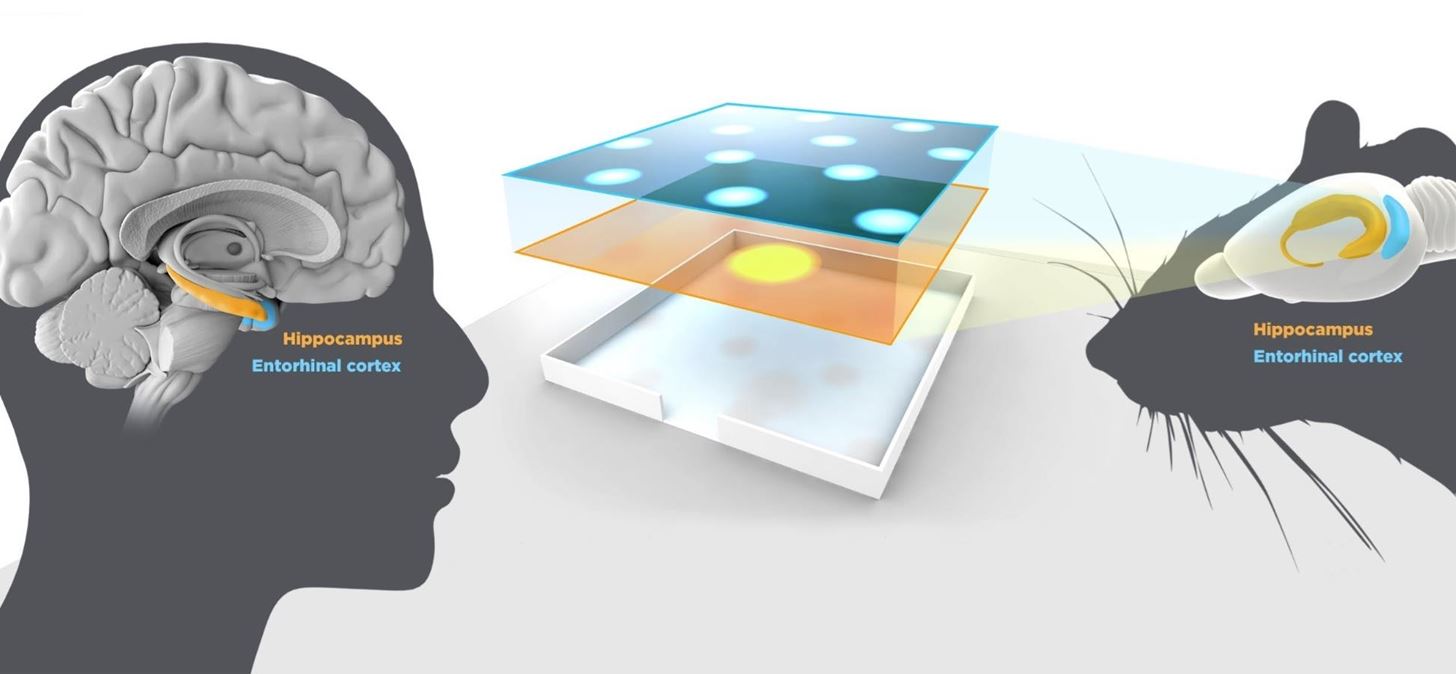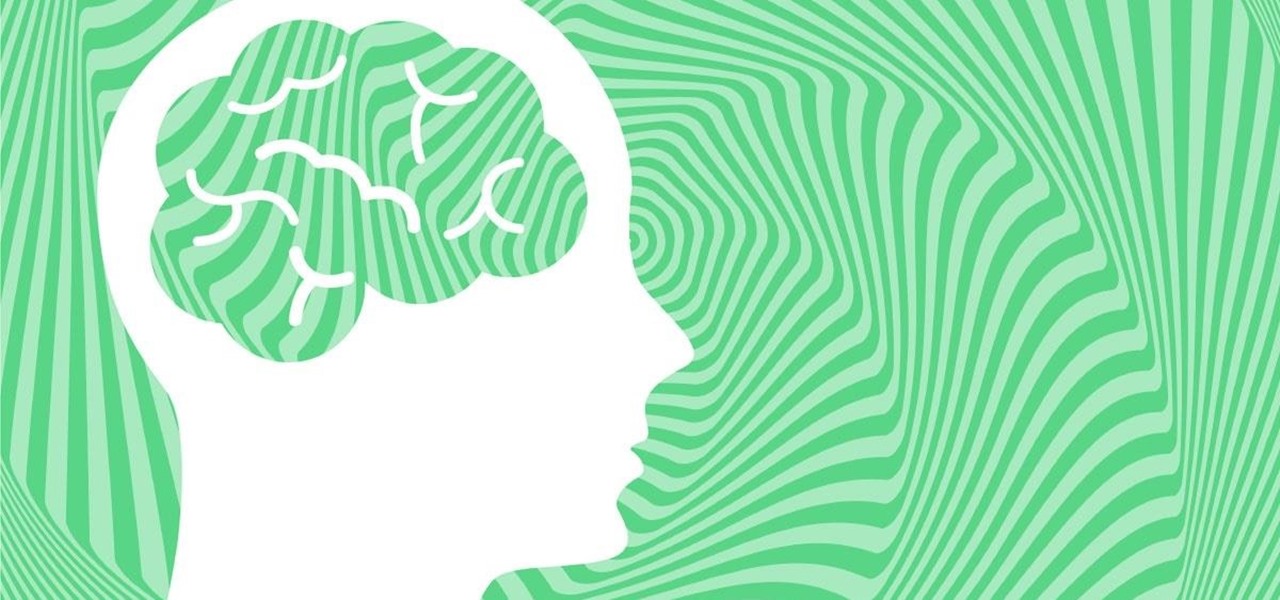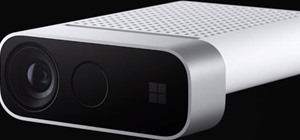Our brains do a magnificent amount of work to process visual stimuli, but they aren't difficult to fool. Optical illusions can trick our minds into believing what we're seeing is real, even if it's not—and virtual and mixed reality technologies take advantage of this little loophole in our brain to help us accept the unreal.
Our Eyes Lie to Our Brain to Make Us Believe an Illusion
In the video below, you'll see a relatively normal setting, but the truth of the objects you're looking at is an illusion. Professor Richard Wiseman set up a scene filled with visual tricks designed to cause your mind to make certain assumptions.
Throughout the video he dismantles the illusion piece by piece, demonstrating how easily certain changes in perspective and size can alter your depth perception. Your brain only receives the visual data captured through your eyes. While your eyes, together, can perceive depth, they can't measure it perfectly or provide any contextual information. They simply pass along what you see and the brain has to interpret it. If your brain isn't searching for a visual anomaly in the images your eyes provide, you'll fall victim to the illusion.
Holographic 3D technologies like virtual, augmented, and mixed reality utilize these tricks to fool your brain into experiencing fake objects as if they're real ones—with varying degrees of success. One study primarily conducted at the Princeton Neuroscience Institute found that brain cells known as topocytes—more commonly known as "place cells"—help map out our environment and trigger similarly in virtual environments.
By testing rats, they found that virtual experiences caused the activity of these cells to drop by a little more than half. While that may seem like a large difference, those cells wouldn't trigger much at all if our brains interpreted the virtual environment as different from a real one we'd already experienced.

While a study hasn't shown increased place cell activity in mixed reality experiences, it could mean that mixed reality experiences compare favorably to reality since you are still experiencing your physical reality at the same time.
Either way, our brain's passive response does a great job of accepting the experience as true thanks to the optical illusion of depth created by these new technologies. The more our bodies move and interact naturally with digital stimuli, the more our brains can suspend our disbelief automatically.
Our Bodies Also React Automatically to Sudden Changes
Fear and anxiety play a large role in immersive experiences. You know this if you've ever jumped in your seat at a horror movie. The effect works similarly in virtual and mixed reality environments and, strangely enough, it's even more effective when you're aware of it.

Christian Grillon, Ph.D., studies fear and anxiety in the brain and spoke with Inverse to get to the bottom of why this happens.
The best way to evoke a startle response is with a sound, but touch or flashes of light work, too. A shotgun or a door slamming will make you startle, but a plane that takes off will not because the intensity of the noise only increases gradually.
Developers of holographic experiences can use blasting sounds in your ears and fireballs flying at your face to make you jump and coax you into believing the false moment. Your body reacts just the way it does in a horror movie but with a greater impact when combined with optical illusions of depth that are created by mixed reality experiences.

While that probably doesn't come as a surprise if you've ever been startled (and you most certainly have), your expectations make this phenomenon especially weird. Grillon continues to explain that when you know a disturbance is coming, your anxiety grows. Think of when you see the killer sneaking up behind his or her victim, or even the end of Cinderella when she's locked up in the tower and the mice struggle to help her escape. Even if you know the outcome, your brain sees the possibility of a negative outcome and won't let go.
When you combine these two phenomena in virtual and mixed realities, your brain will elicit a response that immerses you—whether you like it or not.
Just updated your iPhone? You'll find new features for Podcasts, News, Books, and TV, as well as important security improvements and fresh wallpapers. Find out what's new and changed on your iPhone with the iOS 17.5 update.






















Be the First to Comment
Share Your Thoughts